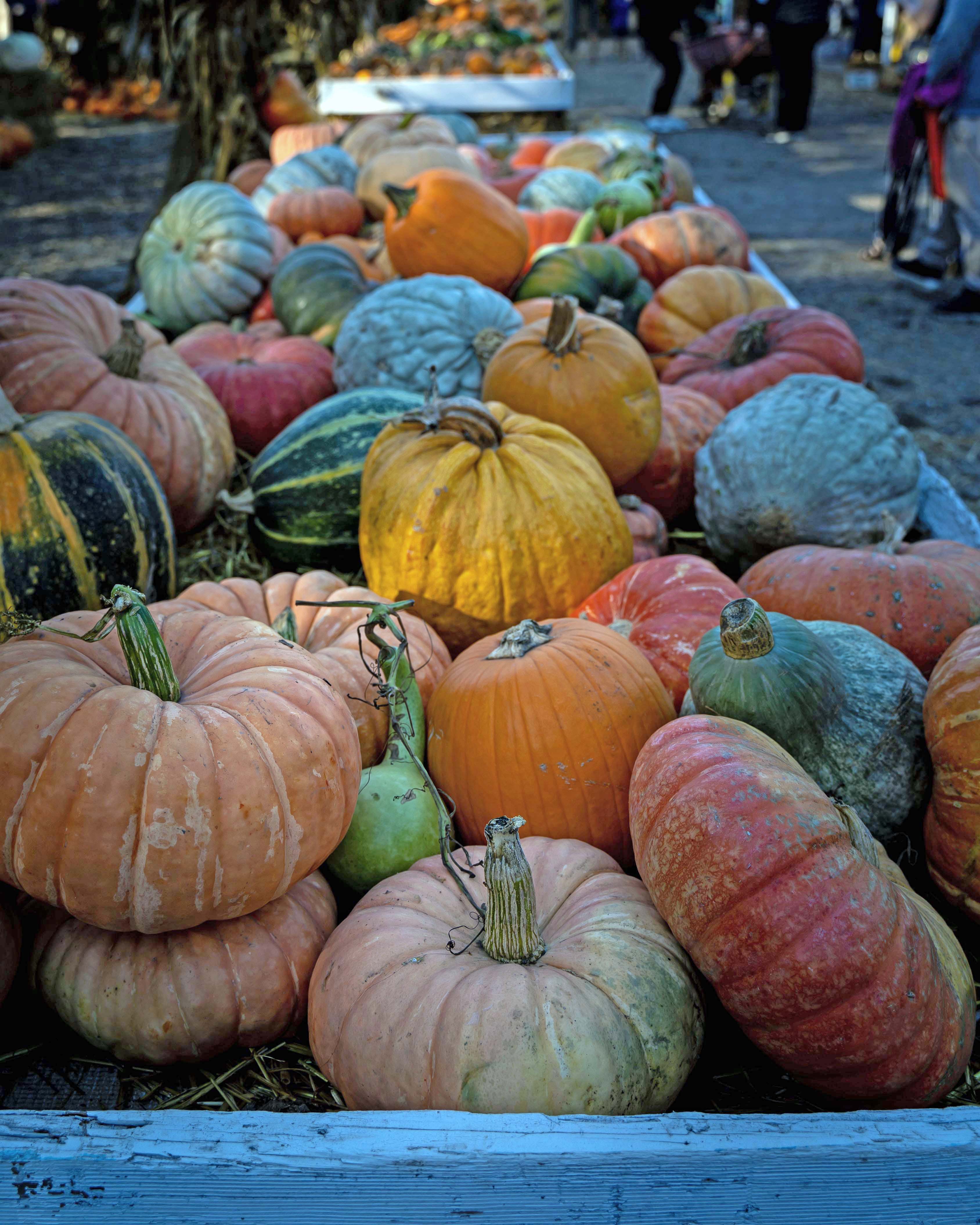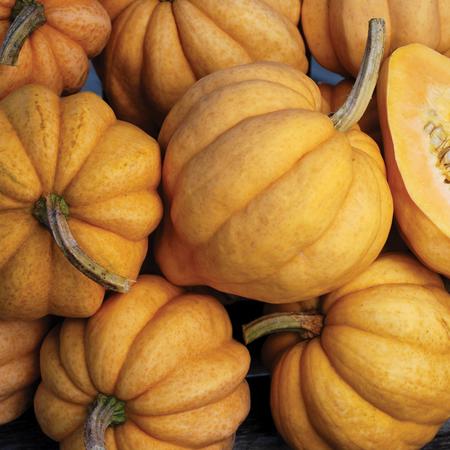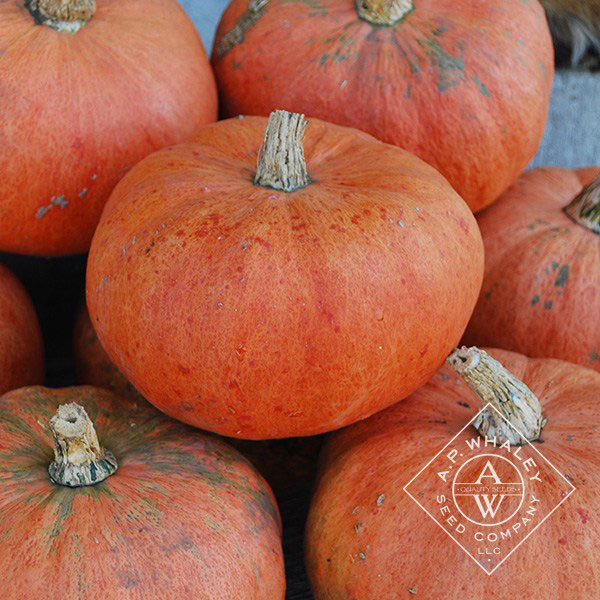Squash Species: The Deep Details

Squash is unusual among the common vegetables in that it’s not one thing at all. What we call squash is a group of a few different species of plant—related in the way a lion and a tiger are related, but just as distinct. In a grocery store on an autumn day you’ll find at least three major kinds of squash. If you think all squash is uniform in flavor and texture experience, think again! When you grow squash in your own happy dirt and cook it in ways that preserve the peak elemental qualities of each variety, you’ll uncover intricate and wonderful flavor and texture experiences.
Allow me to introduce you to them formally, using their scientific names:

Cucurbita pepo
Cucurbita pepo includes the widest range of kinds of squash in that summer squashes are usually C. pepo, and some winter squashes are too. C. pepo includes the acorn, delicata, and spaghetti squash; most summer squashes like zucchini, patty pan, yellow crookneck; and decorative round orange pumpkins. These squashes originate in northern Mexico and the southeast United States, so these are among our very most native of foods.
Cucurbita maxima
Cucurbita maxima includes buttercup, hubbard, candy roaster, red kuri, and kabocha squash. You know you’re holding a C. maxima squash if the stem looks like a piece of dry round rope instead of having angled edges. These squashes originally come from the farthest south: the Andes in parts of Uruguay and Argentina.

Cucurbita moschata
Cucurbita moschata includes butternut squash, the new trendy honeynut squash, seminole pumpkin, caribbean calabaza. These squashes originated in northern South America, likely Colombia.
If you dig deep into the diversity of American historical, new immigrant, and culinary worlds, you’ll find a lot more kinds of squash. There’s even a fourth species, Cucurbita argyrosperma, the cushaw squashes. These are most often found in Texas and neighboring states of the mid-south and southwest.
Tetsukabuto squash is an interspecific hybrid cross of C. moschata and C. maxima. Read more about this fascinating kind of squash here.
The Major Kinds of Squash Have Noticeable Differences in Flavor and Texture
All these different squashes will shine in varying dishes and cuisines. Delicata squash has a sort of nutty or corn-like flavor amid its squashiness, and a dense texture. Kabocha squash is meaty in texture, with a rich flavor like chestnuts or grain hiding amid the pumpkiny sweetness. Butternut, well-stored and roasted, offers notes of sweet potato, citrus, and caramelized brown sugar. Yes, I’m talking about squash like a sommelier, and I’m not going to apologize for it.
If you are curious about saving seeds to replant, it’s easier if you don’t grow more than one squash of the same species, so it’s worth learning what’s what for this reason as well.
